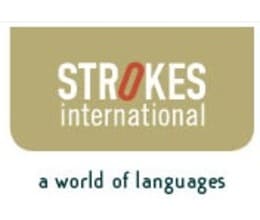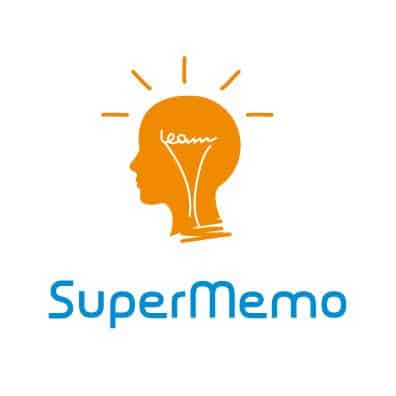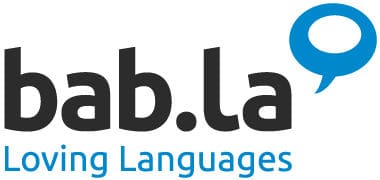DLI Courses Mini-Review: Free With a Strong Focus on Pronunciation
DLI Courses
Summary
The DLI and FSI language courses are still some of the most comprehensive resources for language learning today, and probably the most comprehensive free resources you will find. Although the DLI and FSI courses are comparable in quality, DLI courses focus more on military terminology in the later lessons, while FSI courses focus on everyday communication and communication for diplomats. Another key difference between them is that the DLI courses may go into more depth, and also seem to provide a more comprehensive guide to the study of each language; the FSI courses either have briefer explanations or dive straight into the content. Both of them have outdated content, which is understandable considering that they were developed in the mid-1900s and have scarcely been updated since then. Often the DLI courses outline clear practice strategies to reproduce your target language’s sounds. Also, depending on the language, literal translations are sometimes used so that you get accustomed to each language’s grammar structure. All the PDFs and audio files are available for download on various sites, although Live Lingua has made navigating between the material quite intuitive. If you can’t find your desired language in the DLI courses, check out the FSI courses for different options.
DLI Courses Mini-Review: Free With a Strong Focus on Pronunciation Read More »










